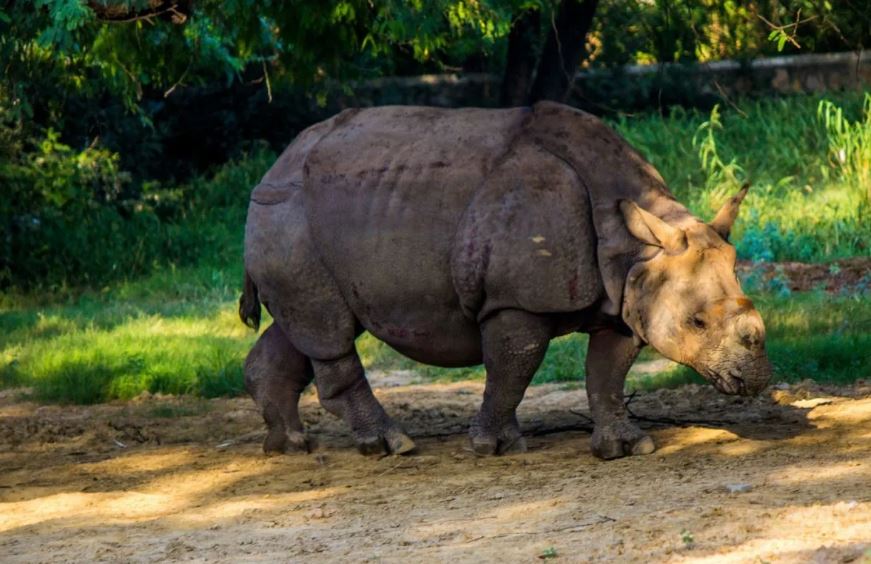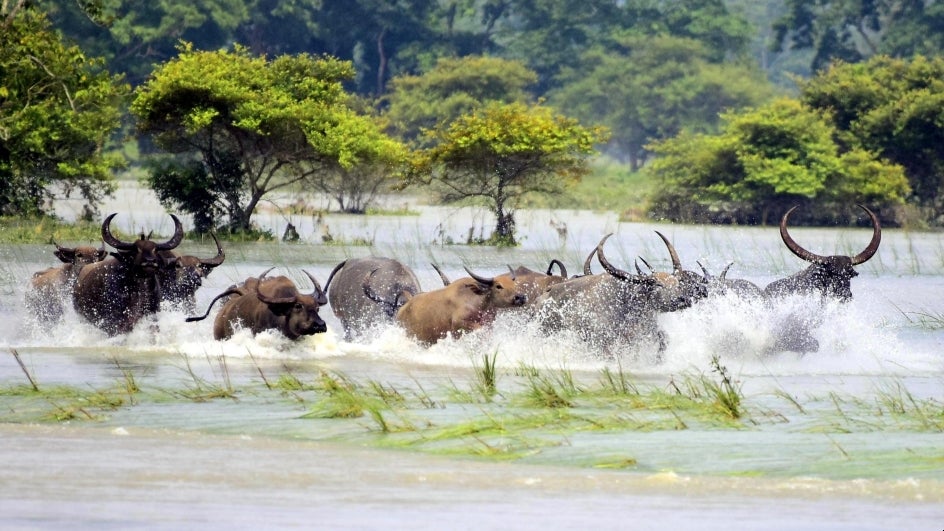
Assam’s Kaziranga Records 3rd Highest Tiger Density Followed by Bandipur & Corbett
Assam’s Kaziranga National Park, long celebrated for its iconic one-horned rhinoceros, is now making headlines for another reason – its thriving tiger population. According to a newly released report titled ‘Status of Tigers in Kaziranga 2024’, the park has recorded the 3rd-highest tiger density in India, following closely behind Karnataka’s Bandipur and Uttarakhand’s Corbett Tiger Reserves. Released by Assam Chief Minister Himanta Biswa Sarma on Global Tiger Day, the report highlights how Kaziranga’s tiger count has surged to 148 across its 1,307.49 sq. km expanse. This increase marks a significant jump from the 104 tigers recorded in 2022. The rise is largely credited to the first-time sampling of the Biswanath Wildlife Division, where 27 previously unrecorded tigers were found. This alone has contributed immensely to the overall growth.

The Eastern Assam Wildlife Division, which forms the core of the park, saw its tiger population grow from 104 in 2022 to 115 in 2024. Meanwhile, the Nagaon Wildlife Division has maintained a steady count of six tigers. These numbers, though, are more than just figures – they tell the story of a wild sanctuary being revived and protected with care, science, and dedication. The tiger density in Kaziranga now stands at 18.65 tigers per 100 sq. km, just slightly below Bandipur’s 19.83 and Corbett’s 19.56. These figures are especially notable because Kaziranga’s main identity has historically been tied to rhinos, not tigers.
Between December 2023 and April 2024, an intensive camera trapping exercise was conducted across three wildlife divisions of Kaziranga. Over 103 days, camera traps were set up at 293 locations, generating more than 1.3 million images, including 4,011 clear shots of tigers. Scientists were able to identify 148 adult tigers – 83 females, 55 males, and 10 with undetermined gender. The survey followed global best practices laid down by the National Tiger Conservation Authority (NTCA) and Wildlife Institute of India (WII), using a method known as spatially explicit capture-recapture. This approach offers a more accurate picture of tiger populations and densities, eliminating guesswork and enhancing ecological reliability.
Right at the center of this progress is the growing demand and interest in Kaziranga safari India, where travelers and wildlife enthusiasts from around the world are increasingly drawn to the park not just for rhinos but for the promise of a raw and thrilling jungle experience.
Expanding the Tiger’s Territory
Behind the Kaziranga’s tiger population boom, it is a carefully coordinated plan involving habitat expansion, restoration, and protection. A total of 200 sq. km, including 12.82 sq. km of encroachment-free land, has recently been added under the Burhachapori-Laokhowa sanctuaries. This strategic move has expanded the habitat available for tigers, encouraging their natural movement, mating, and dispersal across different divisions of the park.
Sonali Ghosh, Director of Kaziranga National Park and Tiger Reserve, pointed out that technology and community support have been key to the park’s transformation. The use of modern tools like M-STrIPES, drones, and infrared-based surveillance systems has significantly boosted anti-poaching efforts, improved data accuracy, and allowed for more consistent wildlife tracking.
But technology alone isn’t the hero here. The real strength lies in the dedication of field staff, especially the 113 trained Van Durgas, an all-women forest protection unit. Their constant patrolling and ground-level vigilance have played a vital role in deterring illegal activities and supporting conservation efforts. But technology alone isn’t the hero here.
An Exemplary Model for the World
Kaziranga’s journey from a rhino-centric park to one of the top three tiger reserves in India is a case study in what can happen when science, community, and strong governance work together. From 80 tigers in 1997 to 148 in 2024, this park’s story is one of resilience, adaptation, and determination.


